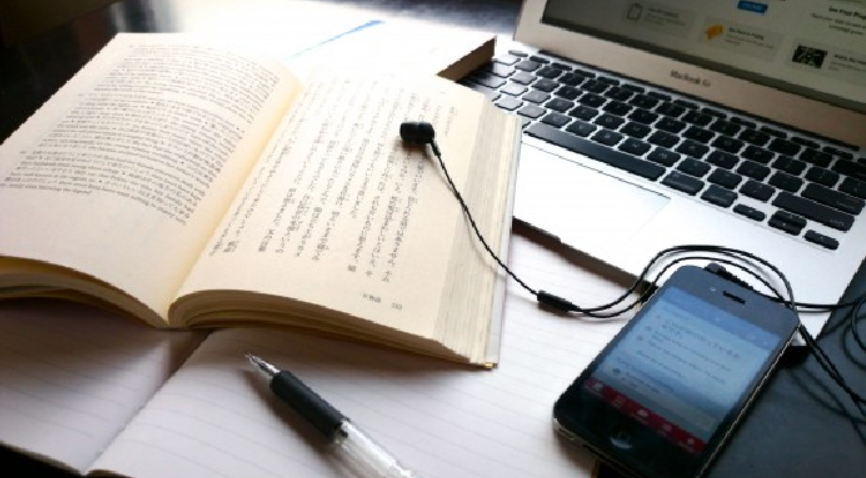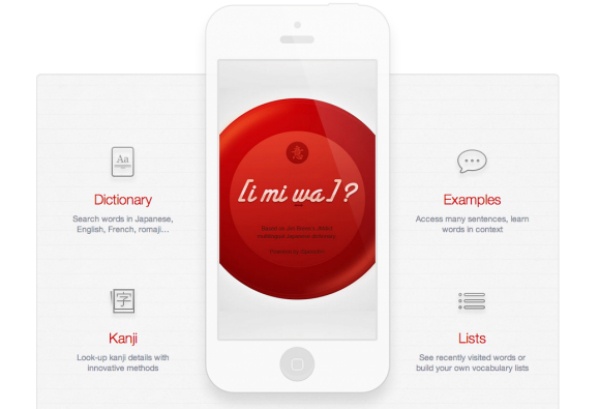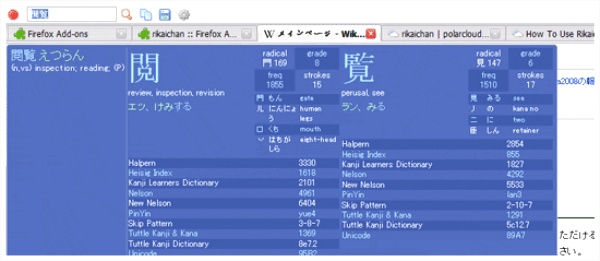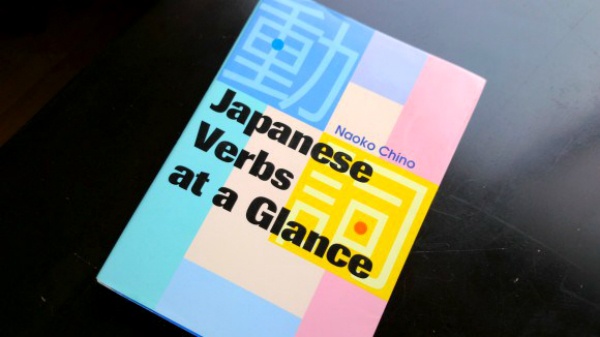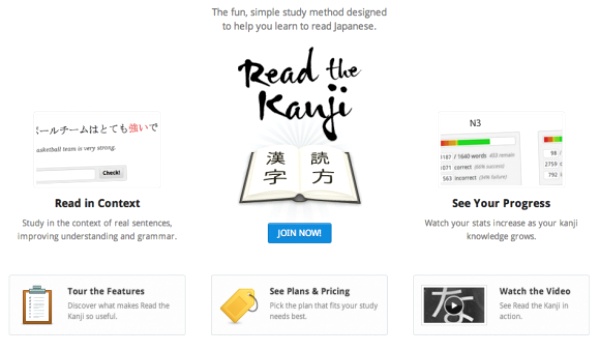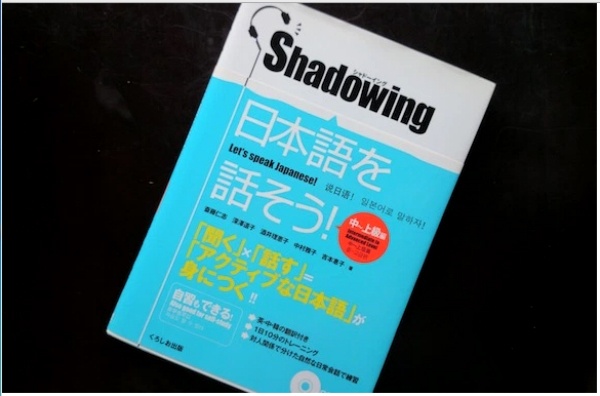The 6 Handiest Japanese Learning Tools
Don't be discouraged: learning Japanese is not as hard as one might think. Below are six (and a half!) language learning tools that every student of Japanese should not be without—and the best part is most of these are completely free!
By SoraNews241. “Imiwa?”
Your dictionary is the tool you’ll use most often while learning any foreign language, so you need to pick a good one. As much as we love paperbacks and hard copies of books, short of finding a six-inch-thick Japanese/English dictionary that also comes with a team of thumb-sized elves who flick to the right entry on command and then keep a record of it for easy access, paper dictionaries just aren’t going to cut it anymore. But why spend hundreds of dollars on a dedicated electronic dictionary when you can get one that lives inside your smartphone, is constantly updating itself to become more useful, and costs absolutely nothing?
Formerly known as Kotoba!, iOS application Imiwa? is arguably one of the best dictionaries out there. Available for iPhone, iPod touch and iPad, Imiwa? is completely ad-free and, as well as being created and maintained by a genuinely dedicated and experienced team, has won legions of fans across the globe—and for good reason. The app includes pretty much everything you could ever need from a dictionary, including word lookups, kanji searches (searchable by radical, stroke order or words in which they appear), synthesized speech, verb conjugation, customizable lists, an enormous number of example sentences with words shown in context and more.
2. Rikaichan
As far as Japanese learners are concerned, Rikaichan is easily the best plug-in ever. With a single click, Firefox users activate a plug-in that allows them to browse Japanese websites with instant, no-fuss access to an extensive Japanese/English dictionary. Just hover your cursor over the word you’re struggling to understand and the plug-in will throw up not just a reading, but its meaning, and in some cases even break multiple-kanji words down for you so you can see what the individual characters mean.
Rikaichan is a reliable, easy-to-use, and completely free tool that makes navigating Japanese content online far less painful, and once you discover it you’ll never want to let it go. Oh, and Chrome users need not despair either—Rikaikun, a solid port of the Rikaichan application, is available for Google’s browser over at the Chrome web store. And there's a version for Opera too!
3. A Decent Reference Book
Focusing on grammar is a bad way to learn a language (how many three-year-olds do you know who study verb conjugation when picking up their mother tongue?), but there are times when you’ll need to know how to properly conjugate a verb, remind yourself of the usage of a set phrase, or check the meaning of an idiom. At which point, you’ll need something to refer to. Books like (there are plenty of others out there!) Naoko Chino’s Japanese Verbs at a Glance fill that role perfectly.
Not a textbook per se, Japanese Verbs at a Glance is a reference that is intended to be consulted all the way through one’s studies. Chino’s book covers pretty much every situation you’ll encounter in daily conversation, from asking favors of someone to reporting speech that you’ve heard someone else utter, and prints sentences in their natural kanji/kana combinations (with Romanized readings) for easy understanding. You’ll also find pages of charts with verbs in every possible form, and a comprehensive index at the back of the book for quick look-up. Of course, there are a lot of similar books out there, but having used this one for years, we can safely say that Naoko Chino’s pocket-sized guide has helped us out of a many a jam and, however much we improve, will remain on the shelf for future reference.
4. Read the Kanji
Kanji study is rarely fun, but this website almost makes a game out of it, and is not just effective but surprisingly addictive. After selecting your level (you can opt to study only kanji that appear in each JLPT level, or study hiragana, katakana or even yoji-jukugo (four-kanji phrases popular in Japanese culture), the site presents you with a sentence containing target kanji characters as they might naturally appear in real-world phrases. It’s your job to type in the correct reading for the word, which the site will automatically convert into hiragana. Then, hit the "enter" key and you’ll see either a green circle or a red X flash up for a split second indicating a right or wrong answer, respectively, before the next sentence appears. It’s as simple as that.
5. Real (But Suitable) Japanese Literature
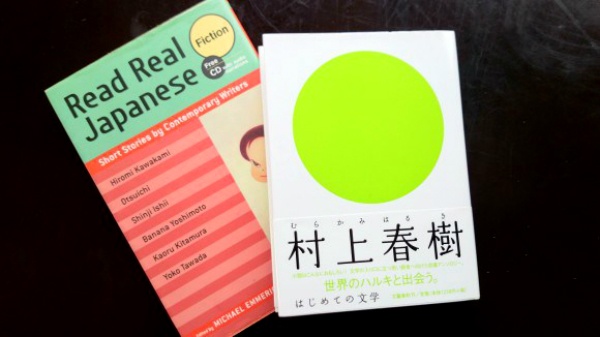
Textbooks are all well and good, but you’ll eventually need to start exposing yourself to real Japanese. And if a trip to Tokyo isn’t on the cards just yet, reading—alongside listening practice, of course—is a great way to do that.
Manga written entirely in Japanese can be a great way to learn the language since, even if a few words stump you, the pictures they accompany will drive the story along and, with context and tone being made immediately clear, you’ll be remembering phrases like fuzakenna! and konoyaro! in no time. But what if you’re just not a manga or anime fan and want to start reading genuine literature? Diving straight into Haruki Murakami’s novels isn’t the best idea (even native Japanese don’t touch that stuff until at least their teens!), but similarly, Japanese books meant for small children—although ideal for beginners—rarely stimulate adult minds. So what should you read?
For that, we recommend books like Michael Emmerich’s Read Real Japanese Fiction, which reprints a selection of short stories by authors such as Hiromi Kawakami, Banana Yoshimoto and even horror writer Otsuichi. Rough translations for trickier sections and kanji are printed adjacent to stories themselves, and at the back of the book you’ll find more detailed explanations of how the grammar works.
The most important thing, though, is that you’re not just reading Japanese tailored for non-native speakers, which can be awkward and unnatural. The Hajimete no Bungaku series from publisher Bungeishunju, too, may prove valuable for more advanced learners looking for something a little meatier to get their teeth into. Aimed predominantly at adolescent and young Japanese people who rarely read novels and the like, these are collections of stories by famous authors that, while intended for native Japanese speakers, are edited so that overly complex kanji are omitted and tougher sections of the stories are made more approachable. Sadly, the books can be tricky to get hold of outside of Japan, but for anyone who is absolutely determined to read “real” Japanese, these are well worth tracking down.
6. Aural Stimulation
While it’s easy to obsess over textbooks and written materials, let’s not forget that the written word came long, long after people started talking to one another. Language was meant to be spoken, and even if you don’t have someone to babble at, it’s important to train your ear as much as possible and try to repeat what you hear. Anime works, of course, but listening to conversations about man-eating giants and space robots is only going to get you so far in life. For a broader sample of spoken Japanese, we recommend listening to Japanese radio online or, if that’s a little too fast for your ear to catch, picking up some audio books or “shadowing” practice texts like the one pictured above that come with audio CDs and don’t focus on reading or writing like most Japanese textbooks do.
Of course, there are also numerous “Learn Japanese” podcasts out there to subscribe to, many of which feature native Japanese speakers (if they don’t, we wouldn’t bother, but that’s just us), and the aforementioned Read Real Japanese Fiction should also be considered as it comes with an audio CD of narration—at native-level speed—by professional narrator Reiko Matsunaga. Whatever you find to listen to, the important thing is to keep listening, even if you can’t catch 100% of what’s being said. You’ll be surprised how much seeps in over time.
6.5 Japanese Friends/Family/Coworkers
Okay, so this last (half a) one might frustrate those of you who were hoping to become fluent in Japanese without visiting the country, but when it comes down to it, being surrounded by Japanese speakers, and more importantly having to use Japanese to make yourself understood, is the quickest, easiest (no, really) and most natural way to pick up the language. Of course, if you happen to live somewhere where you can be surrounded by the language and are not able to fall back on your mother tongue, then that will also work, but ultimately you need to hear Japanese being used naturally and respond to it in real-time to make any significant progress. After all, you wouldn’t learn to drive just by reading about it, would you?
Coming to Japan isn’t cheap, but there are myriad ways (homestays, exchange programs, studying full-time, working holidays, etc.) to get here. And even if it’s just for a few months, that’s more than enough time to become fluent to some degree.


